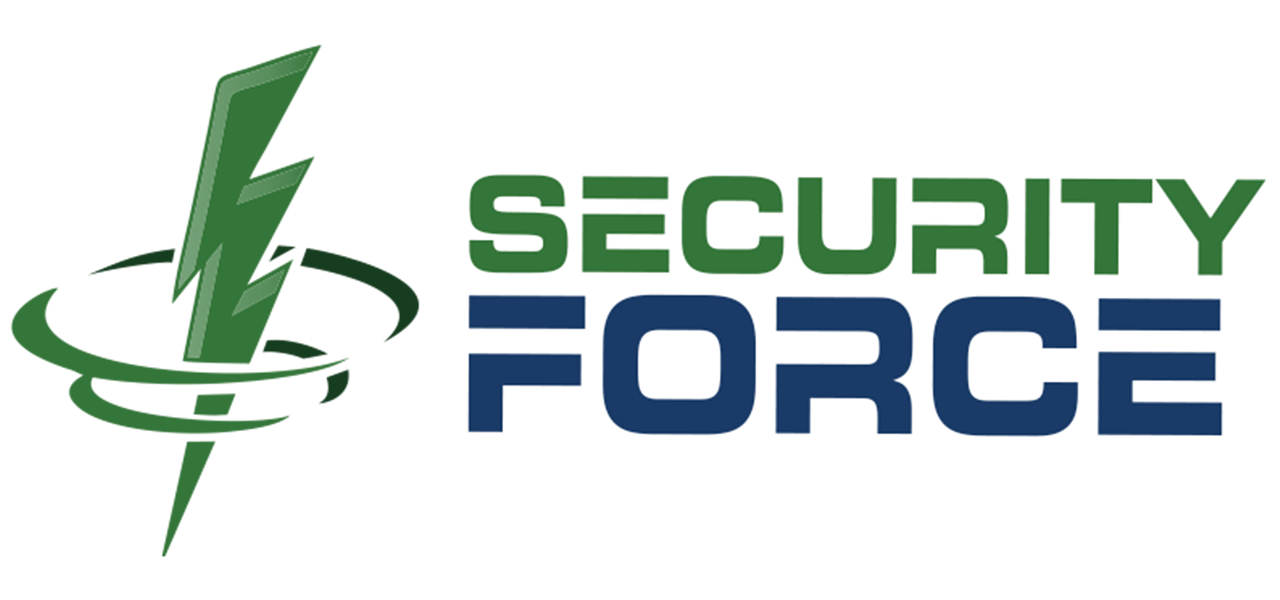How AI and Automation Are Reshaping Security Operations
The rapid advancement of artificial intelligence (AI) and automation is revolutionizing security operations across industries. Traditional security measures, once reliant on manual monitoring and reactive responses, are now being enhanced by intelligent systems that improve efficiency, accuracy, and threat mitigation. Here’s how AI and automation are reshaping security operations and what businesses need to know to stay ahead of evolving threats.
1. Enhancing Threat Detection and Prevention
AI-driven security systems analyze vast amounts of data in real time, allowing for faster and more accurate threat detection. Key benefits include:
- Behavioral Analysis: AI can identify anomalies in user behavior and flag potential security risks.
- Pattern Recognition: Machine learning models detect unusual activity by comparing it against historical data.
- Automated Response: AI-driven security platforms can initiate responses, such as locking access points or alerting security teams, without human intervention.
2. Automating Security Operations Centers (SOCs)
Security Operations Centers (SOCs) are becoming increasingly reliant on AI and automation to manage large-scale security tasks efficiently. Improvements include:
- Real-time Threat Intelligence: AI analyzes cyber threats as they emerge and recommends countermeasures.
- Automated Incident Response: AI-driven playbooks reduce the response time for cyber and physical security incidents.
- Reduced False Alarms: AI minimizes false positives by differentiating between genuine threats and harmless activities.
3. AI-Powered Video Surveillance and Access Control
AI is transforming video surveillance and access control systems, improving security at physical locations. Features include:
- Facial Recognition: AI enhances access control by allowing secure biometric authentication.
- Anomaly Detection in Surveillance Feeds: AI-powered cameras detect unusual movement or unauthorized access in real time.
- Automated License Plate Recognition: AI tracks vehicle movements for security and traffic management.
4. Strengthening Cybersecurity with AI and Machine Learning
Cybersecurity threats are constantly evolving, but AI helps organizations stay ahead. AI-powered cybersecurity tools provide:
- Adaptive Threat Detection: Machine learning algorithms continuously refine their ability to detect malware and phishing attempts.
- Automated Patch Management: AI identifies vulnerabilities and ensures timely updates and patches.
- AI-Based Fraud Prevention: AI monitors financial transactions and online activities to detect fraud patterns.
5. The Role of Robotics in Physical Security
Automated security robots are being deployed in warehouses, corporate offices, and public spaces. These robots provide:
- Autonomous Patrolling: AI-powered robots monitor premises and report suspicious activity.
- Integrated Sensors: Equipped with cameras, thermal imaging, and environmental sensors, security robots enhance situational awareness.
- Remote Surveillance Support: Robots allow security teams to monitor large areas with fewer personnel.
6. Challenges and Ethical Considerations
While AI and automation offer significant security improvements, they also present challenges:
- Privacy Concerns: AI-driven surveillance raises ethical questions about data collection and individual privacy.
- Bias in AI Systems: AI algorithms must be trained on diverse datasets to prevent discriminatory outcomes.
- Dependence on AI: Organizations must balance AI reliance with human oversight to maintain ethical security practices.
7. Preparing for the Future of AI-Driven Security
To stay ahead in an AI-driven security landscape, organizations should:
- Invest in AI Training: Equip security teams with the skills to leverage AI tools effectively.
- Adopt a Hybrid Security Model: Combine AI-driven automation with human expertise for optimal security outcomes.
- Stay Compliant with Regulations: Ensure AI security implementations align with legal and ethical standards.
Conclusion
AI and automation are redefining security operations, offering enhanced threat detection, improved efficiency, and reduced response times. By integrating AI-powered solutions into their security strategies, organizations can strengthen both physical and cybersecurity measures. However, businesses must also navigate ethical considerations and regulatory challenges to ensure responsible AI implementation. As AI continues to evolve, its role in security operations will only become more critical in protecting people, assets, and data from emerging threats.

